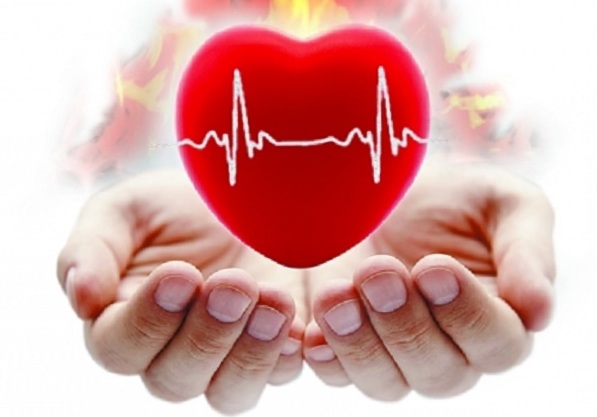
Who is at risk.
Heart attack: take care of the heart.
Who is at risk. A heart attack has long ceased to be much older. In modern life, the reality is as follows. What is very often a heart attack in a hospital bed makes people energetic and active. Having barely passed the 40-50-year-old frontier.
Why is the heart «broken»? Can you protect yourself. As well as their loved ones from a heart attack. What if you still have problems?
Who is at risk.
The risk of myocardial infarction increases significantly with age. Usually men suffer from it after the age of 40-45 years. Although cases of heart attack and observed at a young age in recent years.
In this regard, the woman’s body is more protected. Since hormones-estrogens protect their heart and blood vessels from damage.
After menopause, alas, in women the risk of myocardial infarction is equal to that in men. Myocardial infarction is, in fact, a wound, necrosis (necrosis) of a part of the heart muscle. It happens because of a sudden loss of blood supply.
The causes of such a terrible cardiovascular disease is thrombosis. Or spasm of the coronary arteries. In acute myocardial infarction, severe heart failure may develop. Arrhythmia, heart attack or heart attack.
The main cause of the development of the disease is atherosclerosis of the coronary vessels. As a result of which a heart attack occurs. Usually at the age of 40-60 years.
Due to the formation of blood clots in the blood vessels, in addition to spasm and atherosclerosis, a genetic predisposition to cardiovascular diseases occurs. Functional myocardial overload and neuropsychological overload.
Widespread atherosclerosis — the main risk factor for the defeat of the heart muscle as a result of spasm or blockage of an artery by a thrombus.
Prolonged hypertension leads to thickening of the myocardial wall, which increases the need for oxygen and reduces serdtsav stamina of the heart muscle relative to the oxygen shortage. Hypertension also accelerates the development of atherosclerotic vascular lesions.
Overweight, obesity, metabolic syndrome provoke accelerated development of atherosclerosis, and as a result, — hypertension, diabetes.
Alcohol abuse: proven a direct relationship between the intake of a large dose of alcohol and acute attack of angina pectoris or heart attacks.
Smoking — causes persistent narrowing of the coronary arteries and chronic oxygen starvation of the myocardium.
Physical inactivity: impairs the body’s metabolism is one of the causes of obesity and reduce the functional endurance of the heart muscle.
Poor nutrition and abuse of drinks with caffeine. An excess amount of salt in the food, sugar, confectionery
products, fatty foods leads to obesity, elevated levels of bad cholesterol in the blood. Drinking plenty of strong coffee and tea increases myocardial oxygen demand, causing cardiac insufficiency of blood flow, especially in people who suffer from atherosclerosis that can cause angina and heart attack.
Signs of myocardial infarction.
Continued strong, eh burning in the heart, in the chest, which is not stopped by nitroglycerine preparations.
The pain may be given in the area of the shoulder blades, neck, left shoulder, the lower jaw. Sometimes it occurs in the abdomen, and then the development of a heart attack can be confused with any disease of the abdominal cavity.
If the patient has long suffered from diabetes, the pain even infarct may be mild. This is because collapse diabetic nerve fibers and pain impulses are much worse.
Cardiac arrhythmias, tachycardia, severe weakness.
Feeling of anxiety, restlessness, expressed the fear of death.
Increased allocation of cold, sticky sweat.
Shortness of breath, cough, feeling short of breath.
Dizziness, flies and circles before the eyes, loss of consciousness.


 Posted in
Posted in  Tags:
Tags: